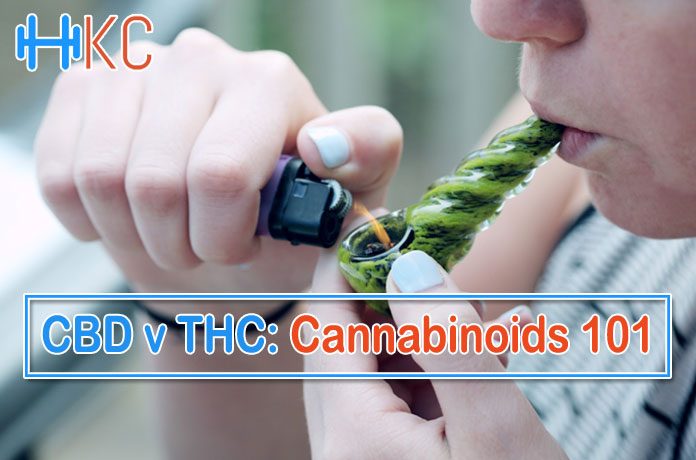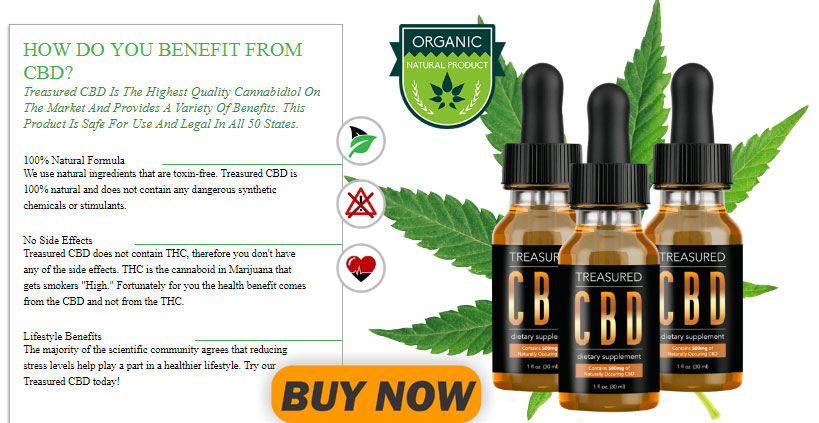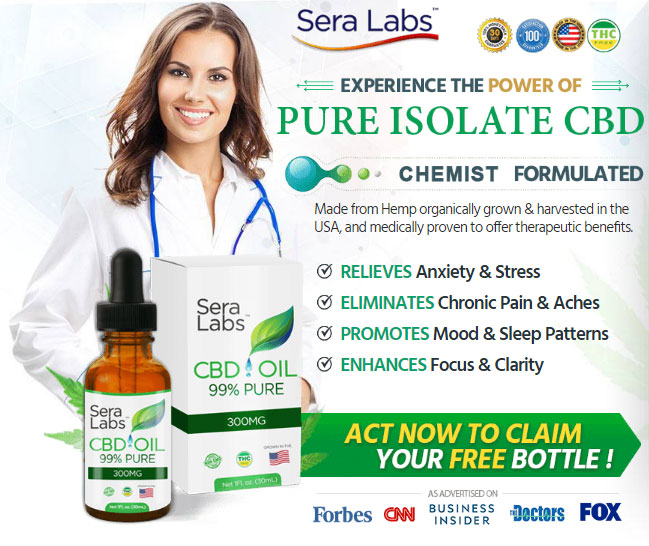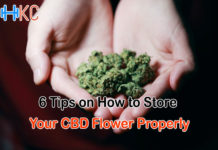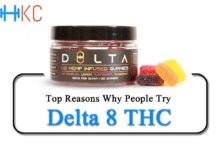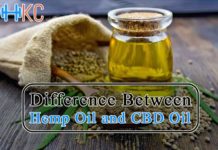CBD v THC: Cannabinoids 101
As the wave of cannabis legalization rides through the world, many myths about the herb are debunked. Long gone are the days of false propaganda regarding the “fatality” of marijuana. However, there are some misconceptions and confusion left.
Since the legalization movement took momentum, we hear two words tossed around in the media: THC (Delta-9-tetrahydrocannabinol) and CBD (cannabidiol). Cannabis contains both of these chemicals in it. One is more dominant than the other, depending on the strain. But where do these two differ?
The Endocannabinoid System
Inside all of us, there is a biological pathway. This structure is called the endocannabinoid system (ECS). It was discovered in the early 1990s by scientists exploring THC. This complex system regulates a few of mechanisms inside us:
- Appetite
- Mood
- Sleep
- Reproduction
- Appetite
Despite having “cannabinoid” in the name, you don’t have to smoke weed to develop this biological system. Taking cannabis (whether it is by smoking or another way) does interact with the ECS. This is where the difference between CBD and THC comes into play.
The two chemicals might be of a similar, almost identical structure, but one difference changes the way they interact with ECS.
CBD, THC, and the Body
Both CBD and THC have the same number of chemical components and an almost similar structure. The two substances are made out of 30 hydrogen atoms, 21 carbon atoms, and 2 oxygen atoms. Only one atom is placed in a different place.
An atom is millions and millions of times smaller than a single hair. It might be hard to imagine such a slight difference delivering two different products, but the devil is in the details. Microscopic details. As we ingest these substances, we send them down the ECS path. Their final destination are CB1 receptors.
Under normal circumstances, without hijacking your ECS with weed, CB1 receptors are affected by a neurotransmitter called anandamide. These transmitters regulate our appetite, motivations, and general pleasure.
You release this substance without help from others. Exercising is the most effective way to trigger an “anandamide high.” This state of the body is also called “runners high.”
When our bodies created CB1s, they intended for anandamide to fit in them. However, the chemical structure of THC is shape-wise identical to this neurotransmitter. For that reason, we experience a feeling of euphoria (or high) after smoking a joint with THC weed or take any other THC cannabis product. We can conclude that THC is the psychotic compound responsible for munchies and watching reruns of our favorite show time and time again.
Because of the tiny design difference, CBD cannot fit inside the CB1. They have to search for other receptors inside the ECS to bind with. For those reasons, CBD products affect your body differently, instead of making you high.
What Does CBD Do?
Since the cannabis legalization movements took the spotlight, reports on CBD’s health properties began to pop up like mushrooms after rain. But there is little evidence supporting most of these claims.
This substance is not harmful to your organism, which is the most important thing. Some research proved (to a degree) that CBD does possess the advertised healing properties. If you took a product with a CBD dose of 300 milligrams, for example, it would have a stress-relieving effect on your body.
There hasn’t been a lot of CBD scientific research, and the experiments that took place were conducted on animals. However, the results are promising. Scientists proved that CBD has anti-inflammatory and anti-anxiety properties.
These results explain why people claim cannabis helps them with their chronic pain and anxiety problems. And it proves that CBD is no placebo effect craze, but has medicinal potential.
CBD Industry
If you have ever searched for CBD products online, you have noticed how some manufacturers claim their products heal almost everything. Some claims are grounded in reality and supported by science, such as CBD for sleep or anxiety issues. Some claims are more up in the air, like CBD for sexual performance, changing your physical appearance, and for miracles out of a sci-fi franchise.
The CBD industry is the fastest growing in the world. You can visit CannaLyft Facebook Page to order CBD products online. The CBD industry’s rapid growth is only matched by the fast development of the IT industry. It is estimated that this market could reach 20 billion by 2024.
We have mentioned how scientists concluded that you need a CBD dose of around 300 milligrams to reach a stress-relieving point. The average CBD infused drink at bars contains a dose of 10-15 milligrams.
This speculative marketing defines the current CBD industry. In some cases, manufacturers lie straight to our faces. Sometimes their claims on the health properties of this substance have no footing in science. Some products don’t even contain CBD.
The lies don’t stop there. Some CBD oil manufacturers received federal warnings for their false advertisements. After a chemical decomposition, scientists came to the shocking conclusion that some CBD oils don’t contain CBD at all.
In other instances, CBD products contained less amount than promised to their customers. The most shocking discovery was that some products had an illegal amount of THC in them.
The main problem with this industry is that it lacks regulation. It is a relatively new branch that appeared almost overnight when states began to legalize cannabis and related products. Additionally, people tend to believe all CBD advertisements blindly.
THC + CBD
The two main components of cannabis do not exclude each other. Because they search for different receptors, there is a place for both in the ECS. The great thing about the modern age is that you know what you’re taking.
In places where marijuana is legal, the retail store is always displaying the chemical composition of their products. This way you won’t get high if you don’t want to, and won’t miss the euphoria if you looked forward to it.
The CBD has some interactions with CB1 receptors, but the opposite of THC or anandamide. While these two trigger a high, CBD prevents it or lowers the intensity. A CBD joint can prevent you from getting “too baked.” This means that you can control the high you want or don’t want to experience.
And the Winner Is…. (CBD v THC)
CBD and THC are both critical components of cannabis. THC is the psychoactive substance that triggers a chemical reaction in our bodies associated with marijuana consumption. CBD, on the other hand, does not make you high.
These two substances are made out of the same number of atoms, and their architecture is almost identical. One atom is arranged in another way, which makes all the difference in the world. As they move through the ECS, CBD and THC look for different receptors to bind with. Due to one differently arranged atom, they cannot fit in the same place.
The only thing we know for sure about CBD is the potential it wields. Countless reports and claims about the miraculous effects it has on our health created a corporate goldmine around this substance.
These ads, however, have little to no proof in science. Now because CBD is not a taboo topic, as it was a couple of decades ago, the research is more frequent, better controlled, and founded. In a couple of years, we will know what CBD can do, and not what it could do.



